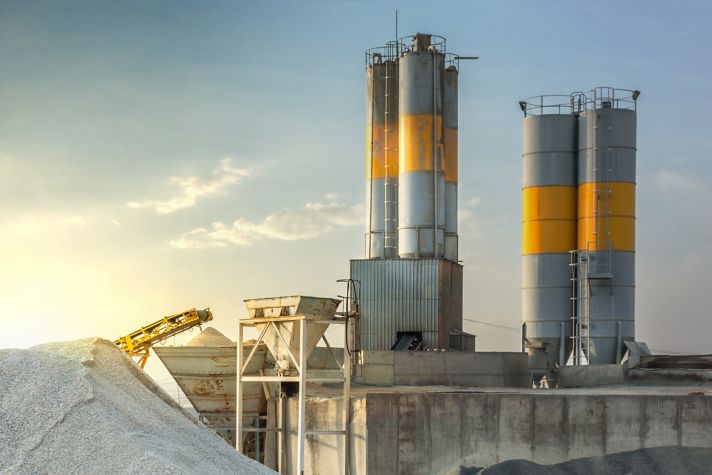-
Global
-
Africa
-
Asia Pacific
-
Europe
-
Latin America
-
Middle East
-
North America
- |
- BUSINESSES
- |
- Contact
- |
-
Global
-
Africa
-
Asia Pacific
-
Europe
-
Latin America
-
Middle East
-
North America
- |
- BUSINESSES
- |
- Contact
- |
You are browsing the product catalog for
You are viewing the overview and resources for
- News
- The Future of Plastics: Reclaim, Recycle, Repeat
You have probably seen the recycling triangle: Reduce, reuse, recycle.
Plastic circularity is the next generation of that concept.
“The goal is to be able to use the plastic infinitely,” Carrie Eppelheimer of Honeywell Sustainable Technology Solutions said.
Today: Mechanical recycling
Current mechanical recycling technology is limited in the kinds of plastics that can be recycled. As a result, a critical solution is needed for recycling more plastic waste to avoid potential adverse long-term global impacts to ecosystems, food supply and human health.
“They’re still showing up in our waterways and rivers, and they're leaking out of landfills,” Eppelheimer said of plastics. “We have a waste plastic challenge with these lightweight materials getting into the environment in ways that we need to solve.”
Most plastic today ends up in landfill or is incinerated. Mechanical recycling processes only a fraction of current plastic waste volumes, and it usually produces lower-quality plastic.
For example, your food packaging might be transformed into lawn furniture – not back into another food package.
“You often can't get the same performance when you mechanically recycle, because you're heating that product, and that's degrading the molecular bonds,” Eppelheimer said.
That means it can’t re-enter the same sort of high-performance application.
The upgrade: Chemical recycling
Enter advanced recycling, or chemical recycling.
Chemical recycling takes plastic waste unsuitable for mechanical recycling and chemically breaks it down into a recycled polymer feedstock (RPF). That feedstock can then be used in the plastic production value chain to manufacture new, high-quality plastics.
“With chemical recycling complementing other methods of recycling, you can increase the amount of plastic that actually gets recycled by about three times over current levels,” Eppelheimer said.
This allows for the plastics to be used for products including, but not limited to, food packaging, pharmaceuticals and medical devices.
Reducing waste – and carbon footprint
There are many different types of plastics, including polyethylene, polypropylene and PET. They each have very different end-of-life options.
UpCycle, developed by Honeywell UOP, can reduce the carbon footprint of plastic waste handling typically by more than 50%, relative to conventional incineration and landfilling.
“So, not only are we providing a new, repeatable route to keep plastic waste out of the environment and return it back to useful plastics – we’re also helping lower the global warming footprint of these valuable materials,” Eppelheimer said.
Copyright © 2026 Honeywell International Inc.





